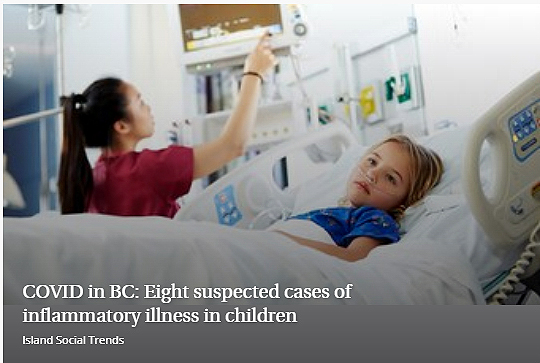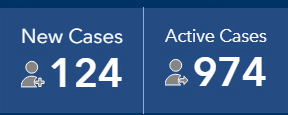
Saturday August 29, 2020 ~ VICTORIA, BC
Editorial analysis by Mary P Brooke, B.Sc., Editor | Island Social Trends
Provincial Health Officer Dr Bonnie Henry has made it clear in recent weeks that success of the BC return to school efforts during the COVID-19 pandemic will depend largely on how active the virus is in the general community.
In that context, a new record-high case count of 124 on Friday August 28 produces concern. In total there are now 5,496 cases of test-positive cases of COVID in BC (tally includes 70 epi-linked).
After many revisions to its back to school plan (and still accepting input), the Ministry of Education has delivered what could be called a responsible plan for getting kids back into classrooms for the 2020-2021 academic year.
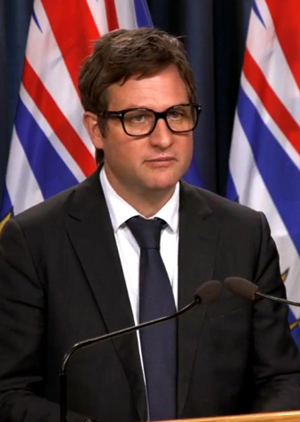
Health Minister Rob Fleming said on August 26 that there will still be responsiveness to the needs of families as back to school gets rolling in September.
They have guided school districts to be following physical distancing and hygiene requirements while encouraging creativity and fluidity with how things can be done across districts and in individual schools. Parents are encouraged to still contact school districts with any suggestions and concerns.
School infrastructure creates a challenge:
The setup of individual schools (classrooms, hallways, gymnasiums, cafeterias and food areas, play areas, libraries, washrooms, staff rooms, etc) including size of the spaces, available ventilation, and where spaces may cross-over for usage have all required consideration.
Learning groups (aka cohorts) have size limits (60 for elementary and middle, 120 for secondary). The size limits include students, teachers, support staff, bus drivers and others who may have regular contact with the group.
School buses are an additional aspect of the school-day infrastructure that poses challenges. In some school districts, students will be required to sit in identified seats. Bus drivers will wear a mask or face shield. Parents are asked to deliver their children to school where possible, to reduce the number of children on buses during the pandemic.
What happens at home, comes to school:
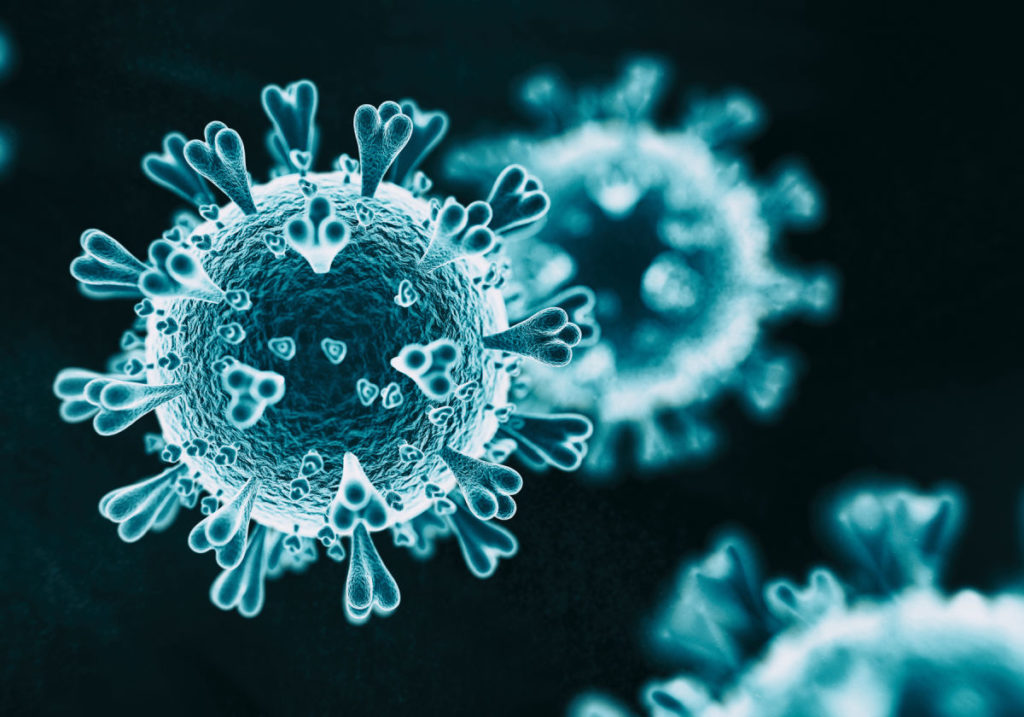
Nevertheless, an increase in cases in the general community this past week — across all age groups — means that adults who (being in workplaces and social gatherings) then come in contact with people who go into schools (students, teachers, support staff and others) are a source of possible spread of COVID-19 infection.
While Dr Henry seems confident with the fact that schools are “controlled environments”, life is not a controlable thing. What happens within school walls might be following guidelines, protocols and well-honed plans for seating, group sizes and cross-over as required (such as in hallways).
But confidence in such a plan will be up against two very powerful contenders: human nature to perform outside of definitive plans, and the insidious unseen SARS-CoV-2 novel coronavirus (aka COVID-19) which has proven to take every possible opportunity to spread in its human hosts.
It only takes a few:
The mantra of public health for all of us to be physically distancing (following the 2-metre rule), washing our hands frequently, not touching our faces (until hands are washed), wearing a face mask where 2-metres distance cannot be maintained, and staying home if feeling the least bit ill has been drilled home well.

But a few bad actors (including the virus itself) have not obeyed those rules. And spread has increased in July and August as a result.
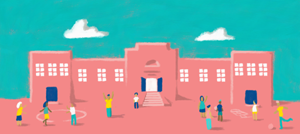
Providing — and not interrupting — the education of children is a very important goal, in fact it is a plank of a modern democratic approach to civilization. That is a mighty and powerful goal of a freedom-loving educated society. Confidently presuming that the political will to provide public education remains intact in BC, the only beast more powerful in the fall and winter of 2020-2021 will be COVID.
Return to School timeline after Labour Day Weekend:
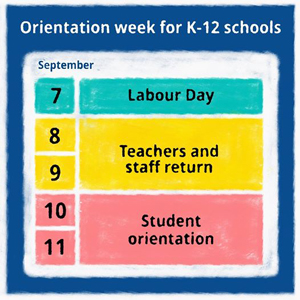
Teachers are to return to classrooms on September 8 and 9 for setting up their teaching spaces and familiarizing themselves with how physical distancing and other protocols will be carried out.
On September 10 and 11 students will return in staggered phases, to learn the ropes about physical distancing and hygiene routines in their learning spaces.
Full in-class instruction begins September 14 in schools across BC.
There are remote and homeschooling options available to families on a case by case basis.
COVID will pop up in schools, for sure:
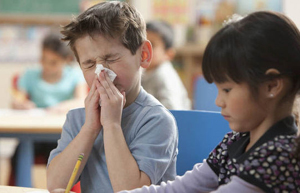
Dr Henry does expect COVID infections to occur (or surface) in schools this fall. She has said this several times. She says that public health will act swiftly and responsibly to deal with outbreaks and exposures. And no one doubts that.
Schools — being contained environments — are very likely an incubation zone for the virus, especially the longer that people share a given space. Talking, shouting and singing are known to spread the virus further.
But the fact remains that we are all in a COVID war zone until there is an effective treatment or a vaccine against the virus. The timeline for that is anyone’s best guess, but talk of spring 2021 for front-line health workers and everyone else by fall 2021 is an optimistic scenario. ‘Into 2022’ is already being rolled out as a cautious guidepost by politicians.
Complicated by flu season:
This fall, of course, will see the return of the annual influenza season as well. Symptom of the flu may seem like COVID-19 symptoms in some cases. Testing for flu will include testing for COVID, according to what public health did this past spring at the tail end of last year’s flu season.
The most common symptoms of COVID-19 include: fever, dry cough, fatigue. Other symptoms include aches and pains, sore throat, diarrhea, conjunctivitis (blood vessel inflammation in the eyes), headache, loss of taste or smell, a skin rash, and discolouration of fingers or toes (as a result of vascular inflammation).
Inflammatory response in children:
Children in particular seem to demonstrate what is called Multisystem Inflammatory Syndrome in Children after apparently recovering from COVID, as what seems like a whole-body response to the immune system challenge that the body has dealt with in fighting COVID-19.
In BC, so far eight children have been hospitalized with symptoms falling under the description of MISC. Two of those ended up in intensive care at BC Children’s Hospital in Vancouver with “inflammation of blood vessels around the heart and shock”, said Dr Henry this past week.
Dr Henry and the BC Centre for Disease Control have reported those to the World Health Organization (WHO) as possible cases of MISC caused by COVID. Data on that entire phenomenon is still being gathered worldwide.
Other inflammatory responses:
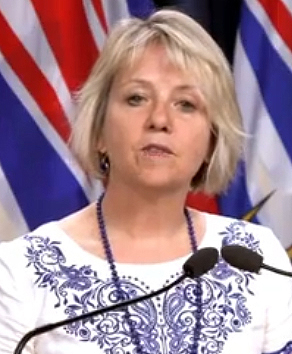
Adult men worldwide seem to have more heart attacks (and die) than women during infection with COVID, which could also be inflammation of the heart muscle due to the virus or due to an overly strong reaction of the immune system to the entire impact of COVID on the body.
Dr Henry has commented on this a few times in her COVID-19 update media briefings.
Bottom line:
The better BC is at continuing to flatten the curve of COVID-19 infection in our communities, the better schools will be able to perform in keeping teachers and kids in their school learning environment.
There is a remote-learning backup process (and the availability of home schooling), but the BC Government makes a good case for the role of schools to support a recovering and active economy (as well as providing academic education and social-emotional experiences for children).

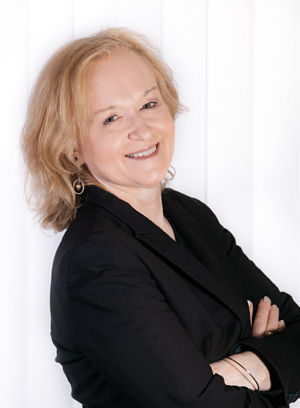
===== About the writer: Mary P Brooke, B.Sc. is the editor of Island Social Trends (formerly West Shore Voice News). She has been covering education news at the district level since 2014. She is the mother of four grown children who studied in SD61, SD62 and SD72.




